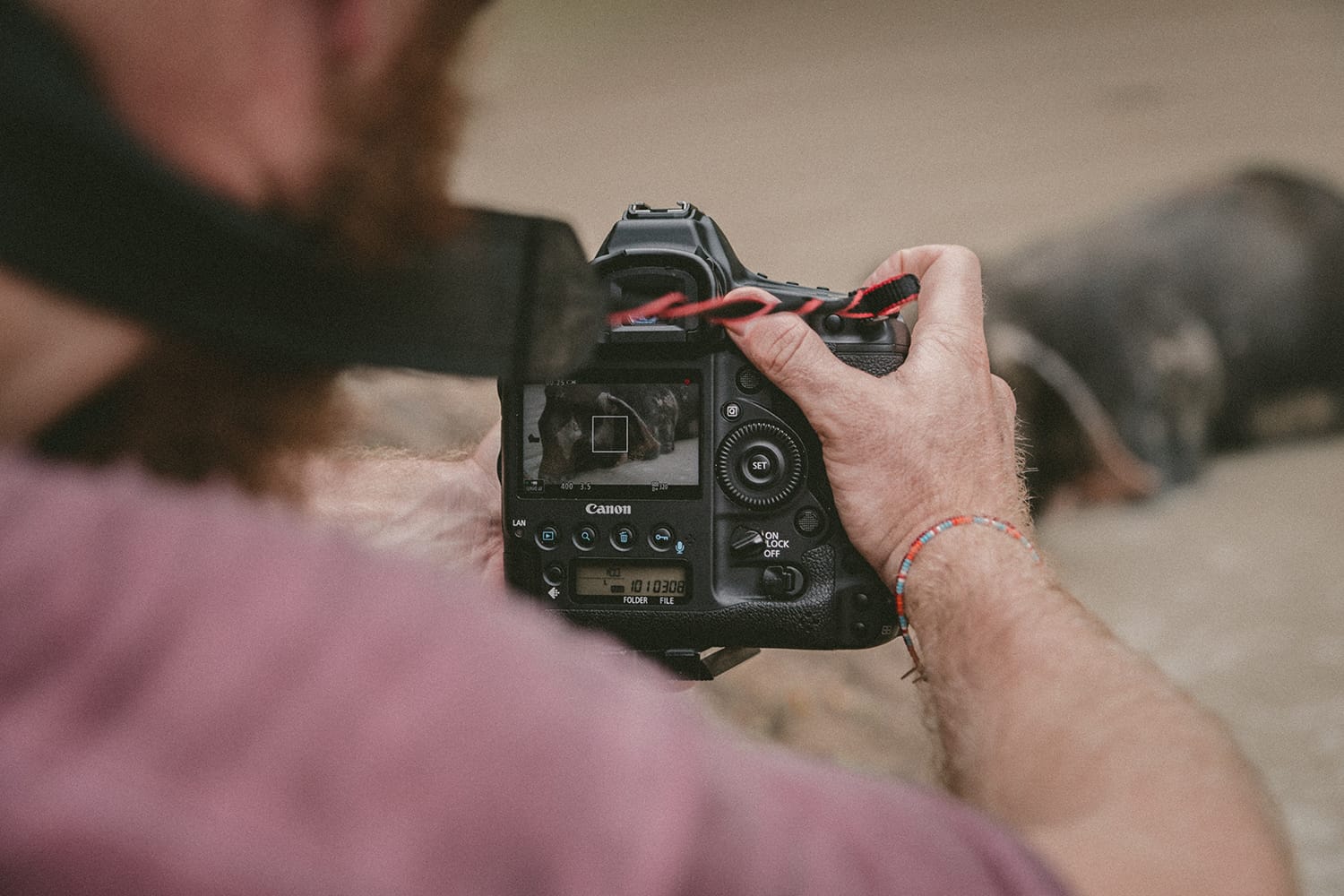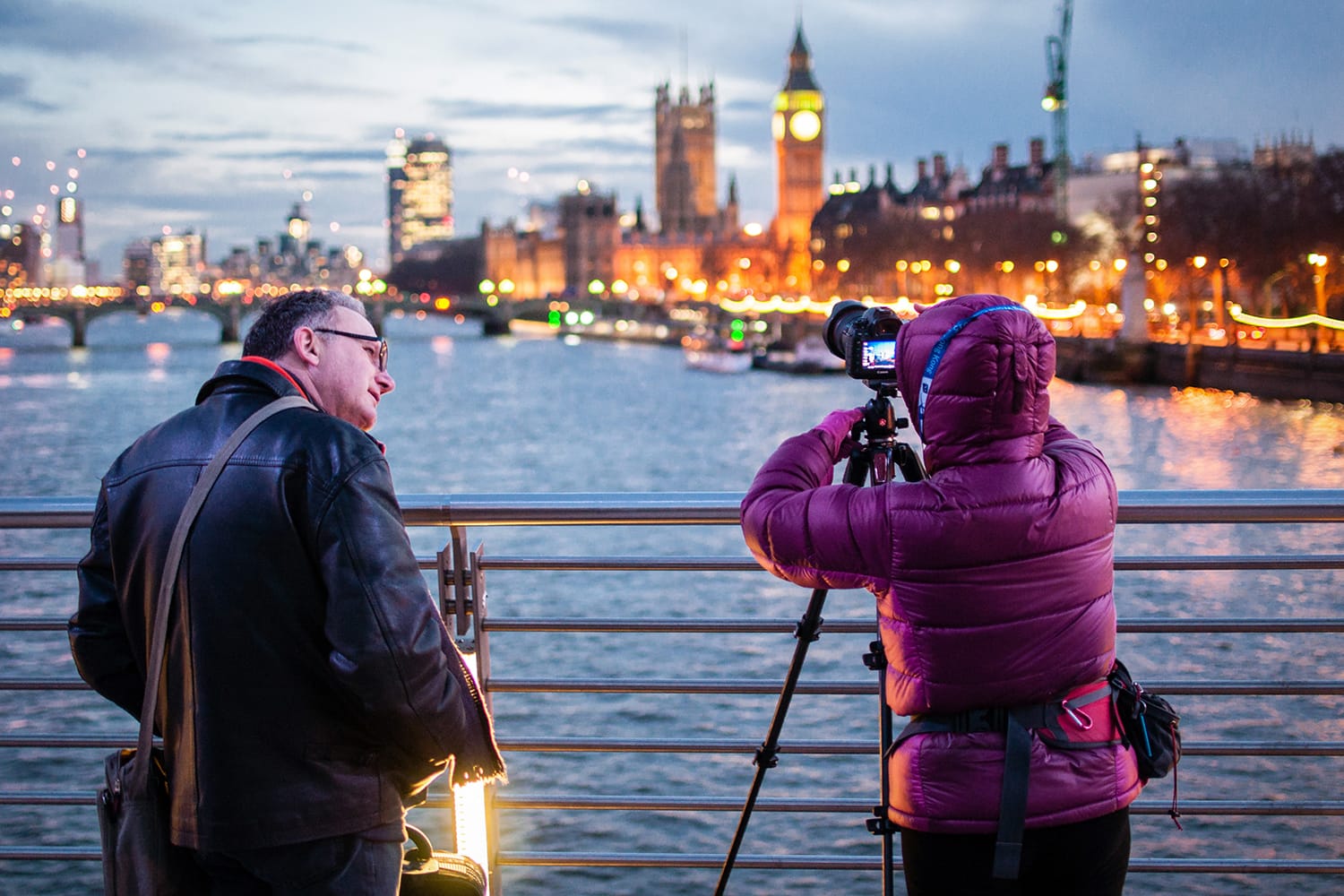6 Very Common Mistakes Even Pro Photographers Make
Even the best photographers have to start somewhere. Few can climb to the top without having committed some regretful errors along the way.
The best thing we can do for ourselves, on a professional and personal level, is to admit that we have made a mistake, learn from its valuable lesson and move on. By giving up the fear of failure, we are truly free to grow, experiment, and let our vision flourish to new heights!

To achieve creative bliss and business success, we need to relinquish some of the ideas we sometimes stubbornly cling to. Keeping an open mind and a continuous thirst and enthusiasm for new learning tools and skills will not only help prevent stagnation, but also renew our passion on a daily basis. Failure in any endeavour isn’t ideal, but when it happens, it’s important to stop and appreciate the value it can bring to the table.
The following is a list of common photographer mistakes that will help enlighten and hopefully prevent the occurrence of spectacular blunders.
1. Not Taking Risks
By default, our human nature cringes at the very thought of stepping outside our comfort zone. We tend to gravitate toward what is safe and easier to control. However, the art of photography often requires new experimentation and a degree of risk, without which our work cannot evolve.

In today’s digital age, there is no downside to experimenting with photography, so shaking things up by changing a lens, getting down and dirty on the ground, seeking out unusual vantage points, being more spontaneous, heading to unfamiliar places or alternating settings and lighting are bound to add a fresh take on a traditionally “safe” approach.
2. Saying Yes to Everything
At the beginning, we may be tempted to say “Yes! Yes! Yes!” to everything. We will become such people-pleasers that we’ll commit to anything from booking a photo shoot under poor lighting conditions, offering discounts or working for free, agreeing to verbal contracts, and even allowing clients to control the final outcome.
While these may seem like great tactics to help get a business off the ground, properly evaluating the request and saying “no” is the best way to establish boundaries and offer top-quality work. By setting the right expectations, we can avoid unwanted situations and create a positive experience for both ourselves and the client.

3. Oversharing
The digital age offers us unlimited “film”, so it may be tempting to share too many photos from a shoot. Failure to self-critique and narrow down a pre-selection of best-quality frames will only create an image overload and give the impression of amateur work.
Offering too many choices will only dilute the quality of our work. The same applies to the notorious portfolio. Our portfolio is a representation of our work. Clients should only see the very best.
4. Not Staying Fresh
Keeping a website, blog or Instagram feed updated and relevant is the most important way to increase traffic and promote client engagement. Stale or dated content will give the impression that the business is no longer in operation. Website and blog content must be promoted and edited on a constant basis.
Preparing a detailed schedule will ensure the regular update of blogs and websites. Once the target audience has been determined, it is recommended to post content and share it on social media twice a week.
5. Failure to Network
As you probable already know, a fruitful photography business will consist of roughly 20% photography and 80% marketing. Suffice to say that networking is a critical component of any successful endeavour.
To stay afloat in a competitive market, it is advised to keep a rotating client base because contacts and referrals are indispensable. Networking is an easy and efficient way to connect with people and foster relationships with potential clients.

Establishing personal relationships with people by showing interest in their work and general well-being is mutually beneficial and an extremely cost effective strategy to grow a business.
6. Becoming a Gear Head
The latest tech can be irresistible. With so many new gadgets hitting the market, we can easily become consumed by a desire to have them all. But accumulating the latest gear can be expensive and unnecessary, and it will rarely make anyone become a better photographer. There will be times when new equipment will be required as a means of obtaining more clients, but before making any purchase, it is crucial to carefully weigh its pros and cons. When in doubt, we must remember that the shot makes the photographer, not the gear.
Most experienced photographers will admit to having made some of the above mistakes, so it may help to know we’re not alone. If or when a mistake happens, we can choose to move past it and make improvements for the next time.
Self-critique is an important skill for all creative types to embrace – we simply don’t know everything! So, let’s banish the fear and get out there. After all, there are so many mistakes waiting to be discovered!
